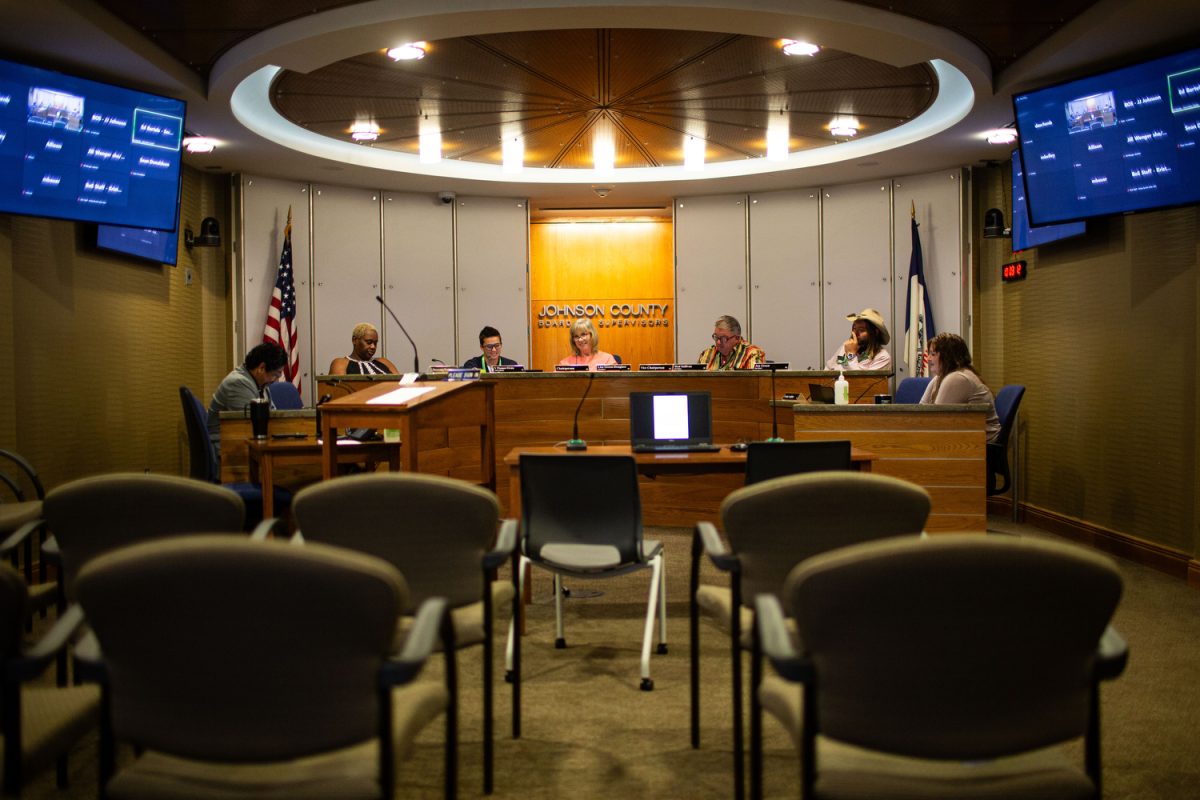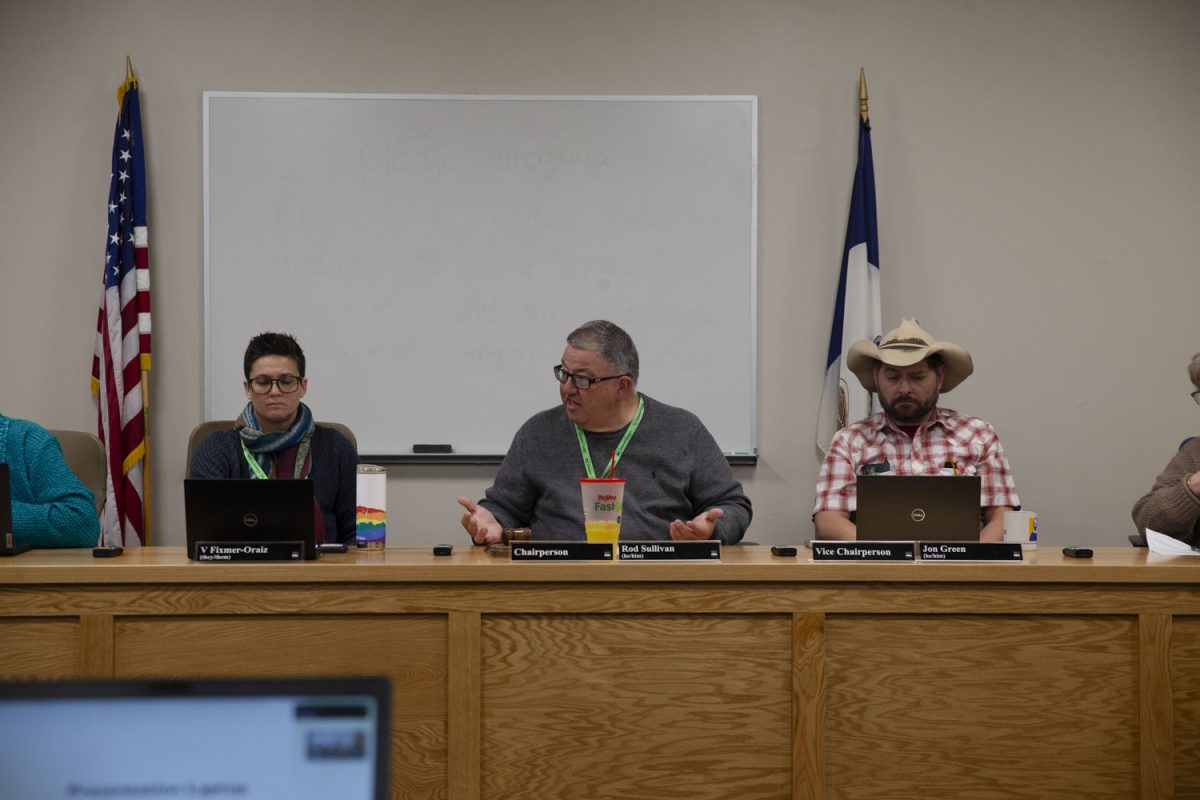The Burlington Street dam has been a part of Iowa City for more than 100 years. But if the vision of one city-hired design group comes to fruition, an entirely new recreation area could replace the old dam.
The city hosted an open house and public input meeting Tuesday night for the Burlington Street Dam and Iowa River Improvements Study. The city selected the McLaughlin Whitewater Design Group to renovate the dam from its outdated and potentially lethal current form.
“We realized that we need to focus more on our river south of Burlington,” said Steve Long, the Iowa City community-development coordinator. “We have a dam that is very dangerous.”
The dam is a “low-head” dam, also called a weir. Iowa Natural Resources encourages dam owners to remove or modify low-head dams, also known as “drowning machines,” according to a Natural Resources brochure. The dams can trap fallen branches and debris, along with victims, in recirculating currents below the surface.
Richard McLaughlin, the vice president of McLaughlin Whitewater Design Group, said the group was first taking safety into account in the design of the new dam.
“First and foremost is dam safety,” he said. “[The Burlington dam] is one of the more hazardous I’ve seen, especially because it doesn’t look that bad.”
In addition to safety, McLaughlin outlined three other goals for the project, including allowing fish passage, riverbank restoration, and improved public access.
The final optional goal of the project took up most of the presentation and public attention: whitewater recreation.
“With whitewater-recreation projects, for every person in the water, there’s 10 on the bank,” John Anderson of Whitewater Design said.
Anderson outlined several benefits of including a whitewater rafting course into the design of the new dam, including economic development with the site’s proximity to the university and increased access to the river.
However, the whitewater expansion to the dam may not be feasible.
Brooke Seymour, a project engineer with McLaughlin Water Engineers, said the envisioned location for the whitewater recreation was the most likely to negatively affect the river’s floodplain.
“There’s nothing we can do in this project to raise flood levels at all,” she said. “If there’s not enough space to offset water, a whitewater course in that area would not be feasible.”
Though Seymour said there were several other areas along the river that would be feasible for a whitewater course, the current goal was to include the dam in the project, mainly because of its proximity to the university.
McLaughlin outlined one option being evaluated by the group, which involved creating areas along the river for water to expand to in case of high flows. People could also use the areas in times of lower water flow.
Because of the floodplain concerns, McLaughlin split the options for the dam: one including improvements to safety, fish passage, river bank restoration, and improved access, and the other including all of those plus whitewater recreation.
McLaughlin hopes to evaluate the options by gathering public input and developing alternatives, one of which the city will ultimately select in autumn.
Though the final decision may not include an option for Iowa River rafters, Anderson said a recreation area by the dam could attract tourists not just from the region but also around the nation.
“We would like for this place to be a hive of activity,” he said. “If I was coming from the highway with no knowledge of Iowa City, I would gravitate toward [the dam], because that’s the place to be.”






